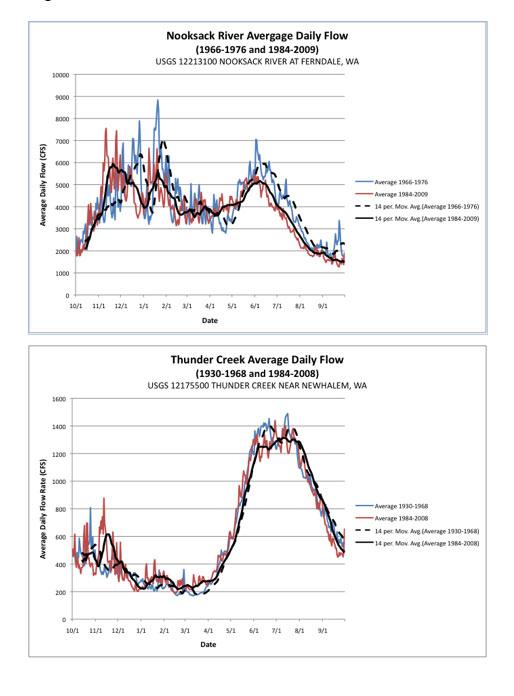You can download it from Puget Systems here. The benchmark is designed for After Effects 2019 and should run on virtually any Windows or Mac-based system that has After Effects CC 2019 installed. Due to the size of the test projects it is ideal to have 16GB.
Invasion History
First Non-native North American Tidal Record: 1924Puget Sound Computer Systems
Unlike Premiere Pro, there is only one way to get 10-bit display support in After Effects which is to use a video monitoring card. In our systems, we offer the Blackmagic Decklink Mini Monitor 4K and the Studio 4K 6G-SDI PCI-E cards. Building an Ultimate After Effects Computer with Puget Systems We arrived to Seattle full of giddinesss. After grabbing a coffee we drove down to Puget Systems, a custom computer manufacturer that specializes in workstations for content creators, studios, VFX artists, designers, and editors. Puget is basically Disneyland for computer nerds. Knives out cineplex. Opinion for Sierra Club v. Department of Transp., 167 P.3d 292 — Brought to you by Free Law Project, a non-profit dedicated to creating high quality open legal information. Newest Benchmark from Puget Systems Helps Content Creators Evaluate their Systems and Determine Optimal Hardware Configuration for Davinci Resolve Workflows Puget Systems ( www.pugetsystems.com ) today announced a new initiative – the PugetBench for DaVinci Resolve – to address the need for comprehensive, repeatable and consistent benchmark.
First Non-native West Coast Tidal Record: 1924
First Non-native East/Gulf Coast Tidal Record:

General Invasion History:
Ocenebra inornata is native to the Northwest Pacific, from the southern Kurile Islands in the Sea of Okhotsk through the Sea of Japan and the Yellow Sea, south to Jindo Island, South Korea (Golikov et al. 1976; Huang et al. 2001, Kil et al. 2005). It has been introduced to the Pacific Coast of North America (California to British Columbia) and the Atlantic Coast of Europe (France to Denmark). It has been transported around the world with Pacific Oyster (Crassostrea gigas) transplants.
North American Invasion History:
Invasion History on the West Coast:

Puget Systems After Effects Projects
Ocenebra inornata was first collected on the West coast in 1924 in Samish Bay, Washington (WA) on newly transplanted Pacific Oysters (Crassostrea gigas) from Japan (Kincaid 1947, cited by Carlton 1979). It was subsequently found in many nearby areas where oysters were cultured, including Boundary Bay, British Columbia (BC) in 1931 (Sherwood 1931, cited by Carlton 1979), Puget Sound in 1932 (Galtsoff 1932, cited by Carlton 1979; Cohen et al. 1998), and Ladysmith, Vancouver Island, BC in 1934 (Elsey 1934, cited by Carlton 1979). In 1939, they appeared in Willapa Bay, WA (Hanna 1966, cited by Carlton 1979), where they are still abundant (Buhle and Ruesink 2009). They were found further south in Netarts Bay, Oregon in 1934 (Squire 1972, cited by Carlton 1979; Carlton 1992; Martel et al. 2004b), and in Tomales Bay, California (CA) in 1941 (Copeland 1941, cited by Carlton 1979), where its presence is reported to be variable (McLean, in Carlton 2007). In 1966, two live specimens of O. inornata were collected in Morro Bay, CA (Carlton 1979), and in 2007, several live specimens were found in Humboldt Bay, CA (Mello, personal communication; Eberle, personal communication; Carlton, personal communication). This snail has direct development in egg capsules, and thus tends to have a localized distribution around oyster-growing areas (Garcia-Meunier et al. 2002).
Invasion History Elsewhere in the World:
Puget Systems Pc
In the Northeast Atlantic, Ocenebra inornata was discovered in the Baie de Marennes-Oléron (Bay of Biscay), France in 1995 (Garcia-Meunier et al. 2002). Based on molecular analyses, O. inornata was probably introduced to France with imports of Pacific Oysters from Washington State, with later genetic contributions of oysters imported directly from Japan (Martel et al. 2004a). By 2002, it had spread northward to at least nine other oyster-culture areas on the Atlantic Coast of France, as far as Quiberon in south Brittany (Martel et al. 2004b). Ocenebra inornata was collected in Jutland, Denmark in 2006 (Lützen et al. 2011); Yerseke in the Oosterschelde estuary, Netherlands in 2007; and Tuttelhoek, Netherlands in 2008 (Faasse and Ligthart 2009). In the Netherlands, it was initially misidentified as O. erinacea (Faasse and Ligthart 2009).
